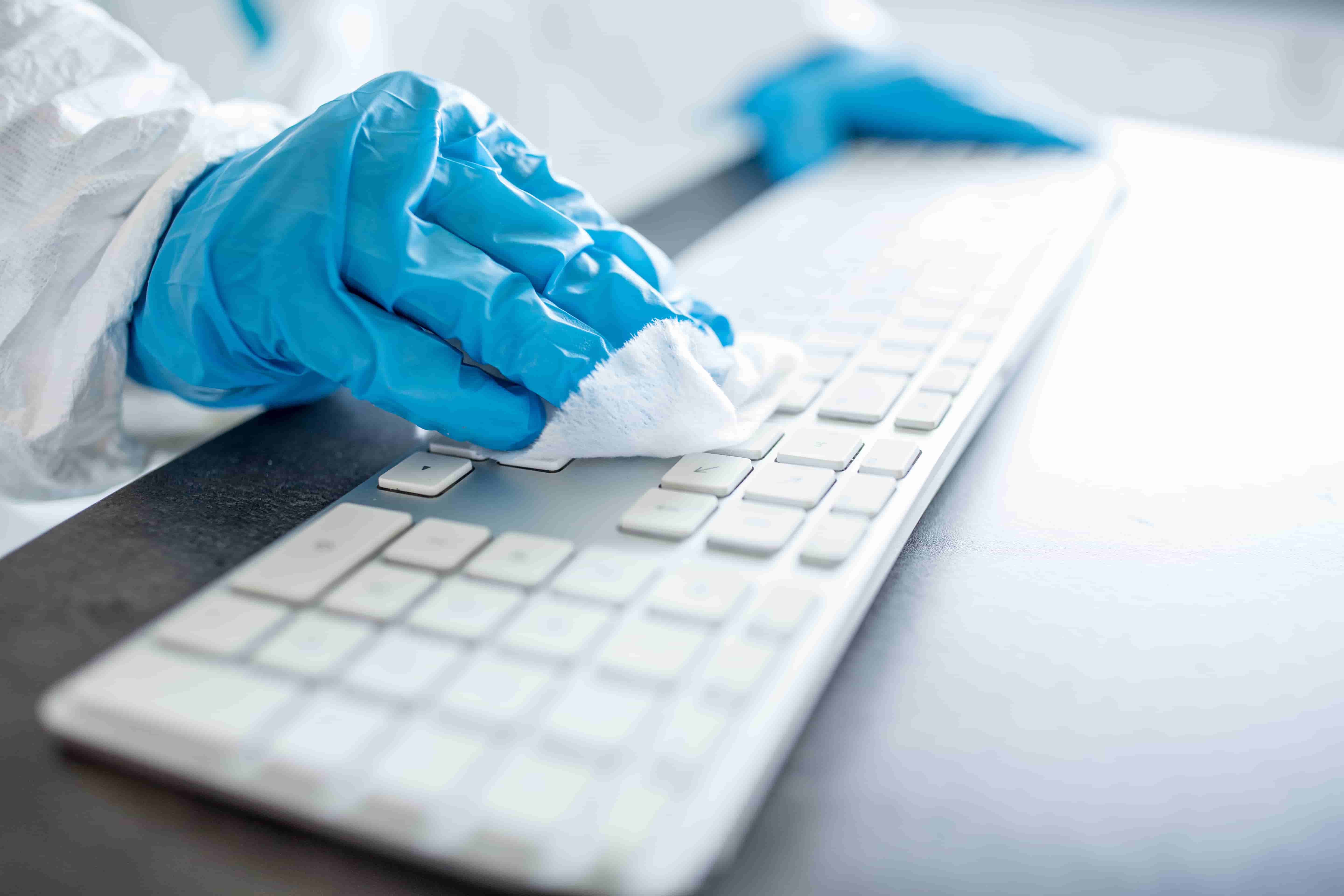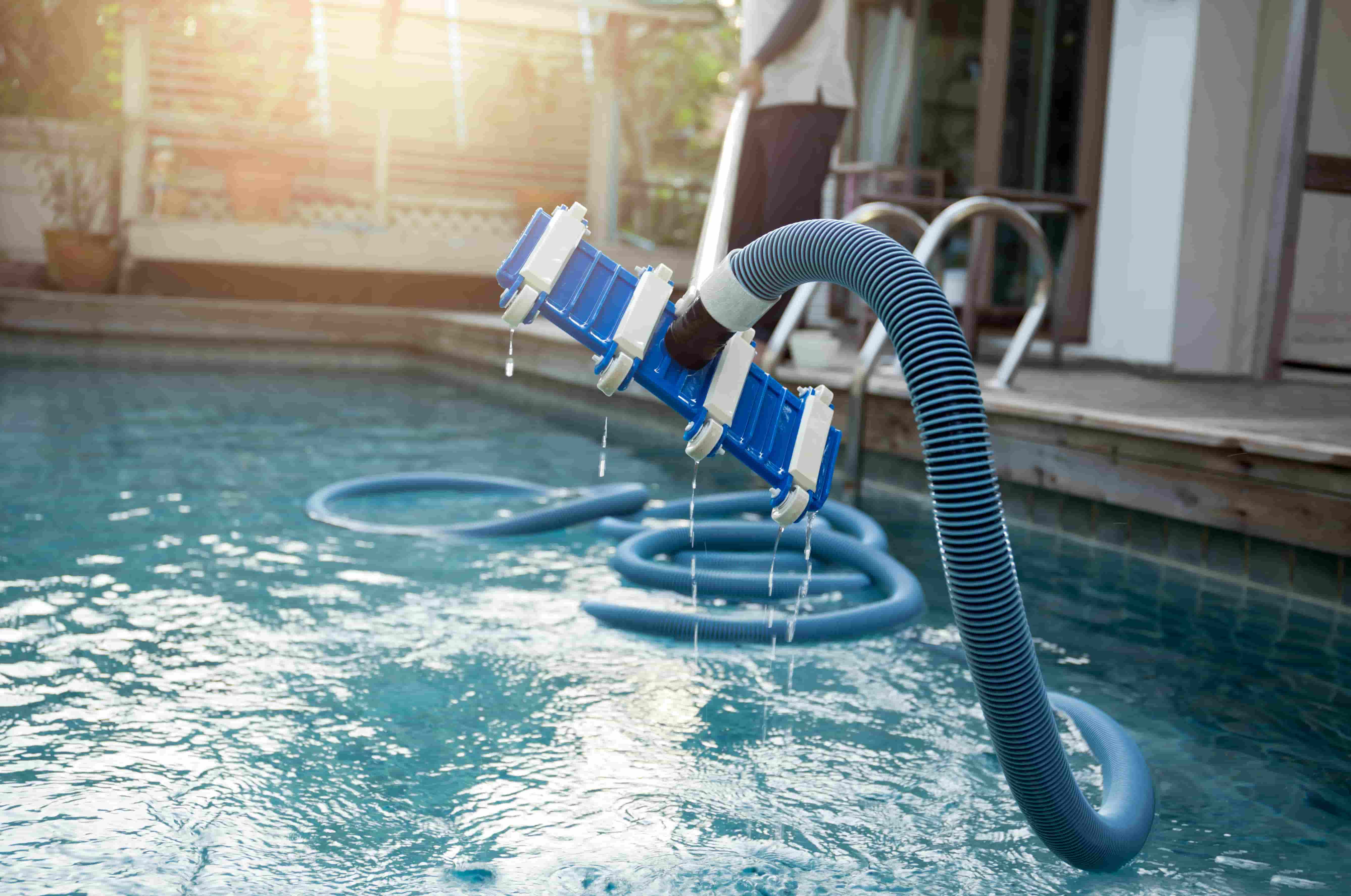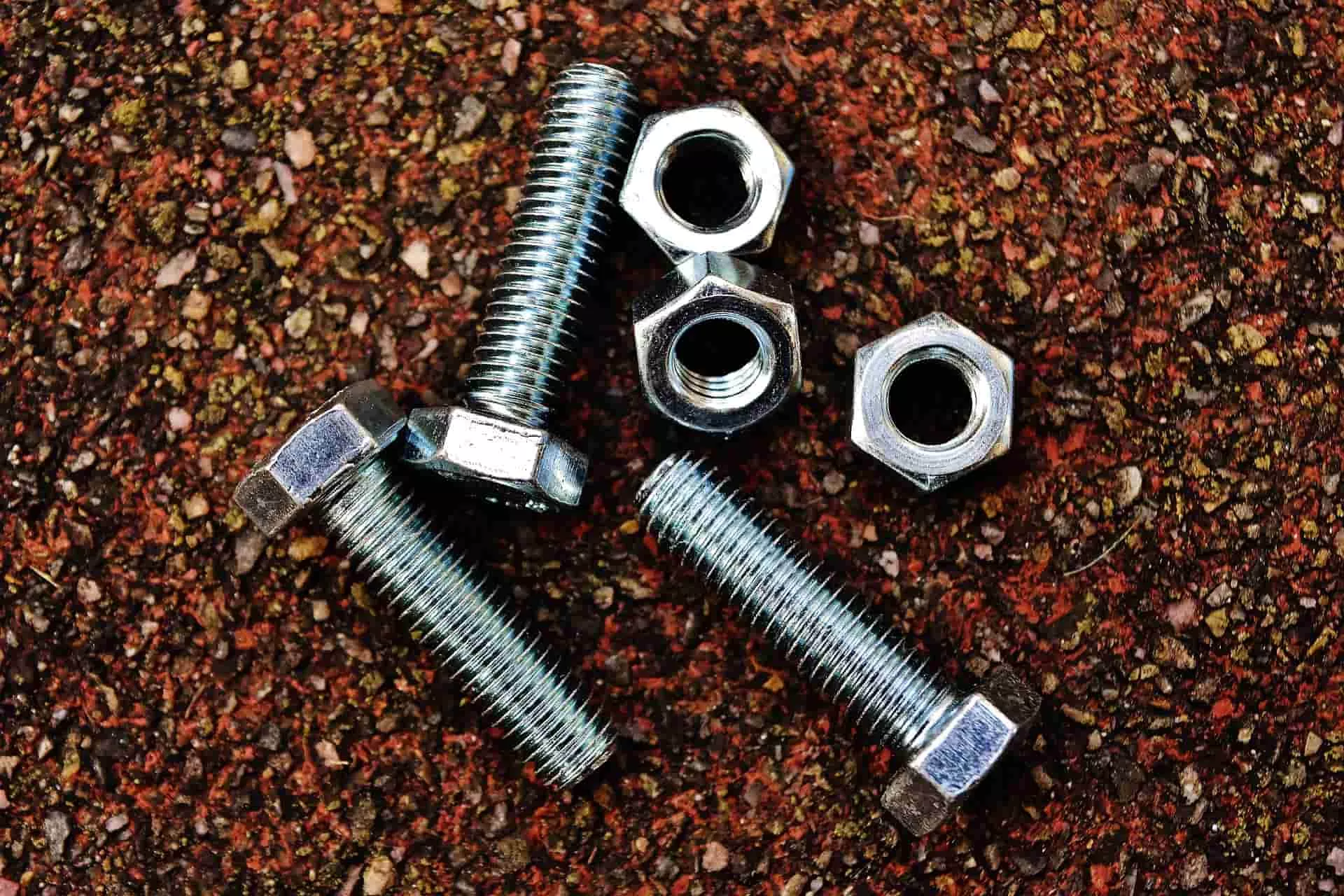Is Choosing Green Cleaning Supplies Cost-Effective?
Is Choosing Green Cleaning Supplies Cost-Effective?
Business facilities are highly susceptible to the buildup and spread of dirt, dust, allergens, and infectious agents. Establishing a detailed cleaning routine is critical to prevent employees, visitors, and other building occupants from becoming ill. Many businesses are making the move to green cleaning supplies in an attempt to become more eco-conscious and make a positive impact on the environment.
Importance of Going Green
There are many benefits of going green, such as the absence of hazardous materials that could pose health risks. Green cleaning supplies are typically safer and more suitable for use around people with health conditions or weakened immune systems. These supplies do not cause significant water or air pollution and are often sold in recycled or recyclable packaging, making them less hazardous to the environment. Of course, there are some concerns when it comes to using green cleaning supplies.
Cost is a major factor when purchasing cleaning products for a facility. Many business owners are under the misunderstanding that green cleaning supplies are considerably more expensive than traditional cleaning products. In reality, green cleaning supplies can be very cost-effective. Here are some things to consider when purchasing green cleaning supplies to achieve a more environmentally-friendly and sustainable facility.
Is ’Green Cleaning’ Worth the Cost?
Choosing green cleaning supplies can have countless benefits on an organization, including a positive influence on public perception of the company. Here are some key benefits of switching to green cleaning products and how they can save businesses money in the long term.
Safety & Health
One of the biggest advantages of using green cleaning supplies for your facility is to improve the health and safety of employees and customers. Traditional cleaning supplies can contain harmful substances and carcinogens. Over time, exposure to these types of cleaning products can cause illnesses, potentially increasing employee absenteeism. Green cleaning products are free of hazardous chemicals that could pose health and safety risks to people in the building.
Pollution Reduction
Businesses that switch to green cleaning supplies can have a direct and positive impact on the planet. Many companies have been making small steps to become more environmentally conscious, such as using locally sourced paper and choosing recyclable packages to cut down on landfill waste.
Another great way to reduce your carbon footprint is by using green cleaning supplies. Green cleaning typically costs less in terms of energy resources used, meaning companies may see a reduction in their electric and water bills.
Additional Savings
Choosing sustainable green cleaning products can often result in a reduction in costs in the long term. From recycled paper towels to energy-efficient light bulbs, eco-conscious products are designed to help reduce energy consumption and overall waste. Unlike traditional cleaning products, green cleaning supplies do not require special disposal practices which can help lower disposal costs. Tax credits may also be available for businesses that manage to significantly lower their waste production and carbon footprint.
The initial cost of purchasing green cleaning supplies can sometimes be higher compared to traditional cleaning products. However, the benefits of switching to green cleaning products typically outweigh the downsides.
Where to Find Green Cleaning Supplies
While it may seem like green cleaning costs more than the traditional cleaning process, it is important to consider other aspects like the use of fewer energy resources like water and electricity. In short, green cleaning solutions can actually help businesses come out ahead environmentally, financially, and health-wise.
Competitive Choice is a business-to-business distributor of food service supplies, office supplies, janitorial products, industrial supplies, and more. Shop green cleaning products for your facility and enjoy the many benefits of eco-friendly and sustainable cleaning practices.
Sources:
https://www.epa.gov/











